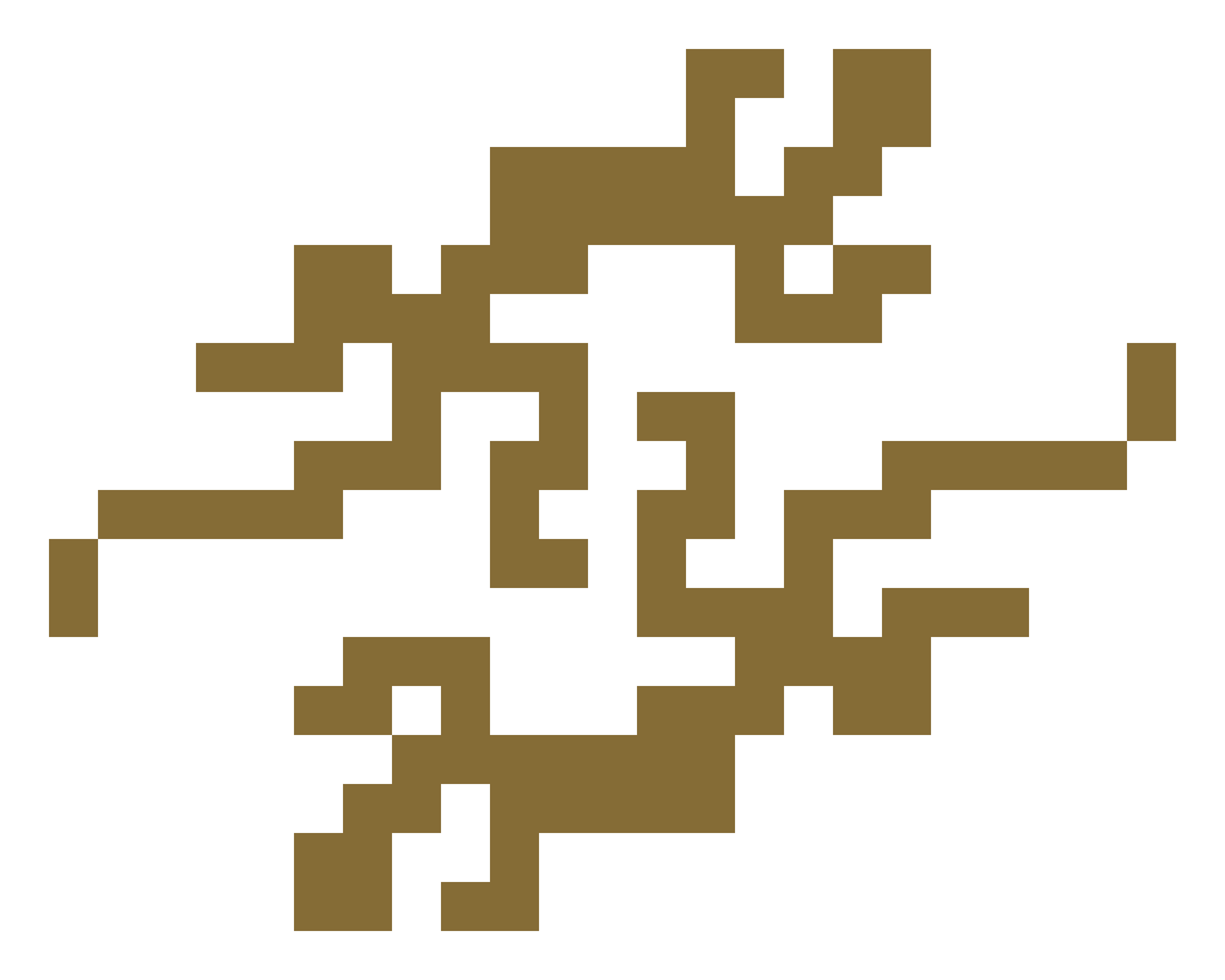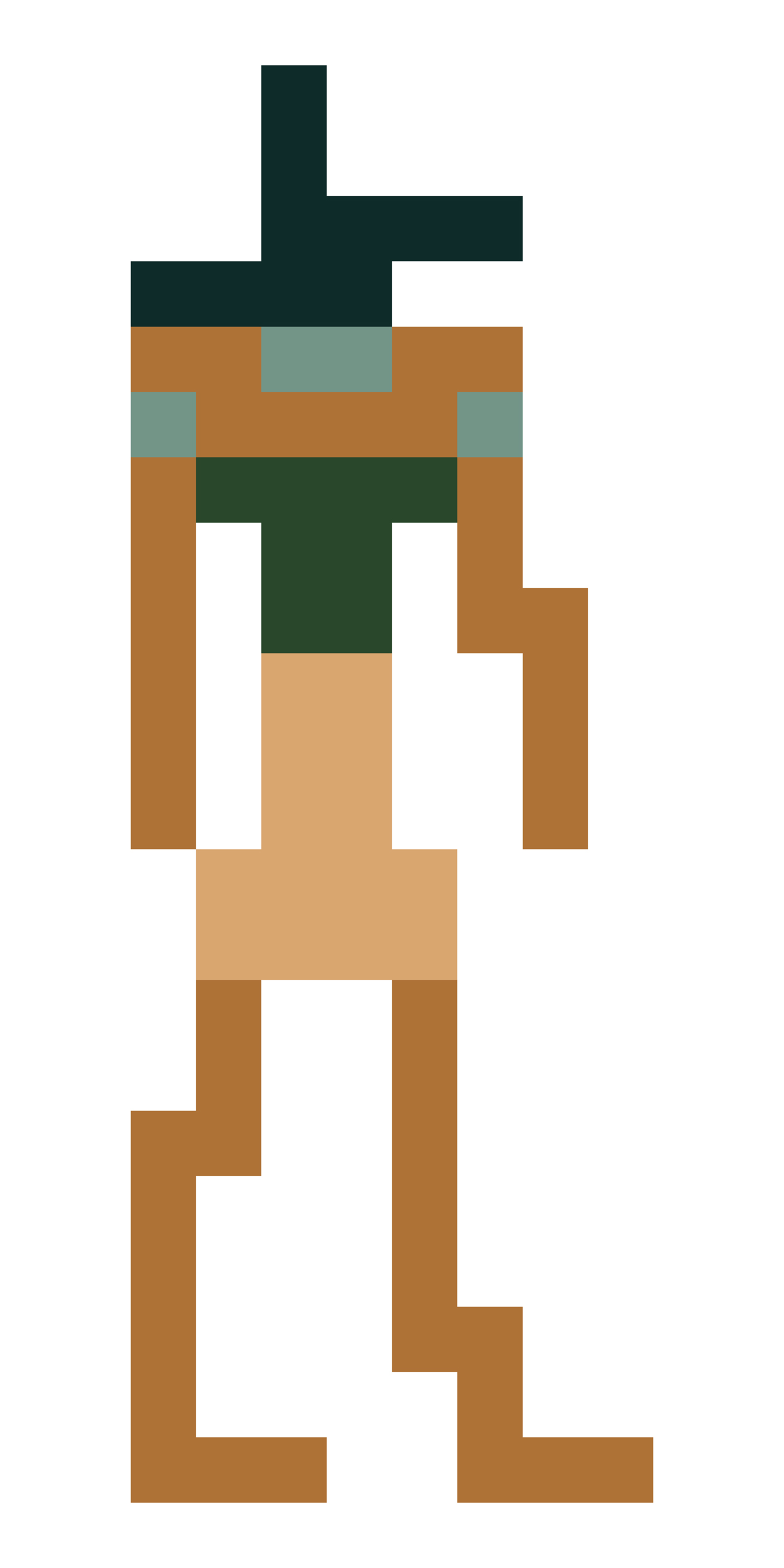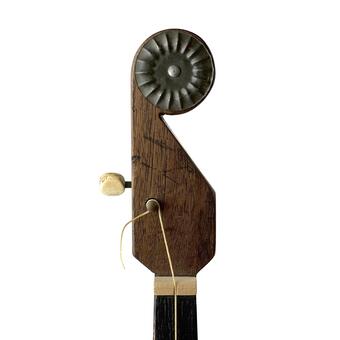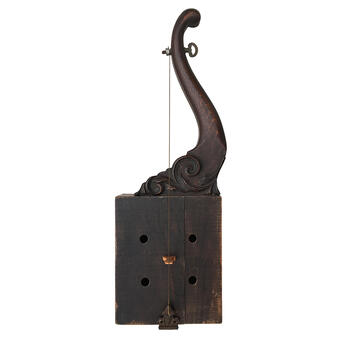About Genna
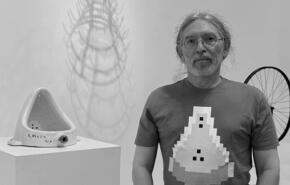
Genna Gurvich, a conceptual artist living in Baltimore, Maryland. He is a graduate of the Kiev (Ukraine) Institute of Applied Arts and Design and holds a master's degree in System Design from the St. Petersburg Academy of Arts and Industrial Design (Russia).
The primary interest in his practice, Genna Gurvich considers the interconnections and interdependencies in the history of art and culture as a whole. Utilizing computer algorithms, he creates a new visual panorama of these… more
Periodic Table of Art Elements: Conceptualism, 2021
that ubiquitous history from a universal point-of-view.
-
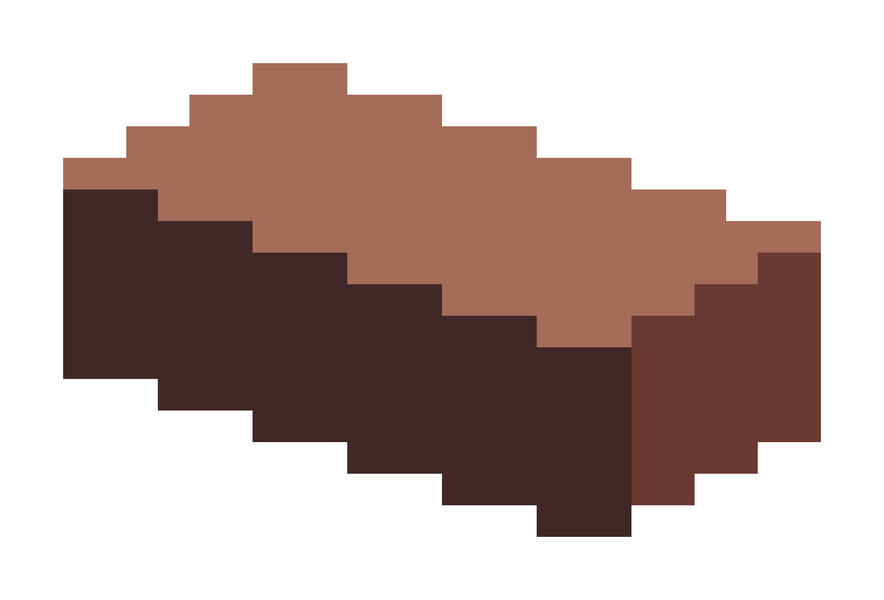 Joseph BeuysJoseph Beuys was a German artist, teacher, and theorist of art who was highly influential in international contemporary art in the latter half of the 20th century. He is a founder of the art movement known as Fluxus, and a practitioner and exemplar of happenings, and performance art.
Joseph BeuysJoseph Beuys was a German artist, teacher, and theorist of art who was highly influential in international contemporary art in the latter half of the 20th century. He is a founder of the art movement known as Fluxus, and a practitioner and exemplar of happenings, and performance art. -
 Bernhard and Hilla BecherBernhard "Bernd" Becher, and Hilla Becher, were German conceptual artists and photographers working as a collaborative duo. They are best known for their extensive series of photographic images, or typologies, of industrial buildings and structures, often organised in grids.
Bernhard and Hilla BecherBernhard "Bernd" Becher, and Hilla Becher, were German conceptual artists and photographers working as a collaborative duo. They are best known for their extensive series of photographic images, or typologies, of industrial buildings and structures, often organised in grids. -
 Barbara KrugerBarbara Kruger addresses media and politics in their native tongue: sensational, authoritative, and direct. Personal pronouns like “you” and “I” are staples of Kruger’s practice, bringing the viewer into each piece. “Direct address has motored my work from the very beginning,” Kruger said.” She demands that we consider how our identities are formed within culture, through representation in language and image.
Barbara KrugerBarbara Kruger addresses media and politics in their native tongue: sensational, authoritative, and direct. Personal pronouns like “you” and “I” are staples of Kruger’s practice, bringing the viewer into each piece. “Direct address has motored my work from the very beginning,” Kruger said.” She demands that we consider how our identities are formed within culture, through representation in language and image. -
 Chris BurdenChris Burden has produced some of the most shocking works in the history of 20th century American art, including spending five days and nights in the fetal position inside a locker, having a spectator push pins into his body, being "crucified" to a Volkswagen Beetle, being kicked down two flights of stairs, and even having himself shot. The challenge for viewers is to try to understand such troubling and seemingly "inartistic" gestures. Such an understanding is made possible by seeing these works within the context of Conceptual art during the 1970s, where artists concerned themselves with art based on ideas and action rather than objects created for an elite art market.
Chris BurdenChris Burden has produced some of the most shocking works in the history of 20th century American art, including spending five days and nights in the fetal position inside a locker, having a spectator push pins into his body, being "crucified" to a Volkswagen Beetle, being kicked down two flights of stairs, and even having himself shot. The challenge for viewers is to try to understand such troubling and seemingly "inartistic" gestures. Such an understanding is made possible by seeing these works within the context of Conceptual art during the 1970s, where artists concerned themselves with art based on ideas and action rather than objects created for an elite art market. -
 Gordon Matta-ClarkMatta-Clark’s iconic deconstruction practice of directly hacking into hard walls was a sophisticated negotiation of physical boundaries that insisted on the primacy of physical force tied to the artistic imagination.
Gordon Matta-ClarkMatta-Clark’s iconic deconstruction practice of directly hacking into hard walls was a sophisticated negotiation of physical boundaries that insisted on the primacy of physical force tied to the artistic imagination. -
 Erwin WurmErwin Wurm is a contemporary Austrian artist working across several media. Wurm’s comical attitude towards representation features heavily in his Fat Car series, in which he purposefully disfigures car models deemed status symbols by mass culture. Following in the tradition of Joseph Beuys, the artist has contributed his own take on the medium of sculpture with his One Minute Sculptures. In these performances, Wurm invites audience participation and interaction to reevaluate the medium.
Erwin WurmErwin Wurm is a contemporary Austrian artist working across several media. Wurm’s comical attitude towards representation features heavily in his Fat Car series, in which he purposefully disfigures car models deemed status symbols by mass culture. Following in the tradition of Joseph Beuys, the artist has contributed his own take on the medium of sculpture with his One Minute Sculptures. In these performances, Wurm invites audience participation and interaction to reevaluate the medium. -
 Damien HirstDamien Hirst is a British Conceptual artist known for his controversial take on beauty and found-art objects. Death is a central theme in Hirst's works. He became famous for a series of artworks in which dead animals (including a shark, a sheep and a cow) are preserved, sometimes having been dissected, in formaldehyde. The best-known of these was The Physical Impossibility of Death in the Mind of Someone Living, a 14-foot (4.3 m) tiger shark immersed in formaldehyde in a clear display case.
Damien HirstDamien Hirst is a British Conceptual artist known for his controversial take on beauty and found-art objects. Death is a central theme in Hirst's works. He became famous for a series of artworks in which dead animals (including a shark, a sheep and a cow) are preserved, sometimes having been dissected, in formaldehyde. The best-known of these was The Physical Impossibility of Death in the Mind of Someone Living, a 14-foot (4.3 m) tiger shark immersed in formaldehyde in a clear display case. -
 On KawaraOn Kawara was an influential Japanese Conceptual artist. Best known for his Today series of paintings, Kawara produced simple, two-color acrylic paintings to document each day he woke up alive in the date, language, and format of the place in which they were made.
On KawaraOn Kawara was an influential Japanese Conceptual artist. Best known for his Today series of paintings, Kawara produced simple, two-color acrylic paintings to document each day he woke up alive in the date, language, and format of the place in which they were made. -
 John BaldessariJohn Baldessari was an American Conceptual artist known for his pioneering use of appropriated imagery. By blending photography, painting, and text, Baldessari’s work examines the plastic nature of artistic media while offering commentary on our contemporary culture.
John BaldessariJohn Baldessari was an American Conceptual artist known for his pioneering use of appropriated imagery. By blending photography, painting, and text, Baldessari’s work examines the plastic nature of artistic media while offering commentary on our contemporary culture. -
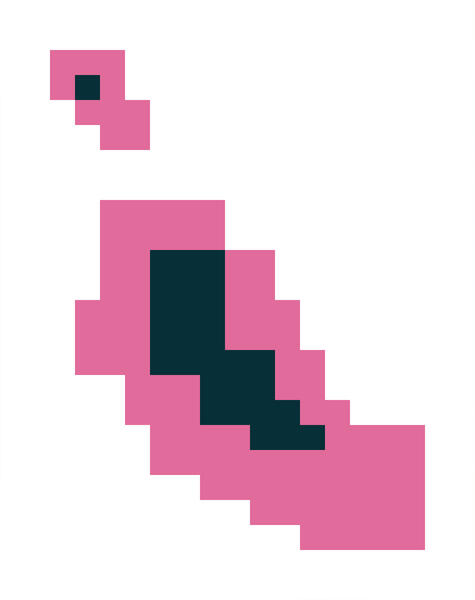 ChristoChristo, is a conceptual artist who turned to epic-scale environmental works in the late 1960s. His work was typically large, visually impressive, and controversial, often taking years and sometimes decades of careful preparation – including technical solutions, political negotiation, permitting and environmental approval, hearings and public persuasion.
ChristoChristo, is a conceptual artist who turned to epic-scale environmental works in the late 1960s. His work was typically large, visually impressive, and controversial, often taking years and sometimes decades of careful preparation – including technical solutions, political negotiation, permitting and environmental approval, hearings and public persuasion.
The Periodic Table of Art Elements, 2021-2024
Having spent countless hours in my studio and not venturing out much during to the pandemic, I had the time to look toward art history and visual culture as reference points in developing a new project. Titled “The Periodic Table of Art Elements,” my intention was to breakdown and reconstruct an imagining of its various eras, trends, styles and individual artist works as neural networks, the manner by which information is decoded, interconnected, and made interdependent. My goal here was to identify and then fuse the random and disparate visual languages I discovered throughout art history and then remake them in my own visual, pixelated vocabulary. Much like the famed periodic table of chemical elements, my project, using a scientific approach, creates a logical display and expressive presentation of art history’s most iconic works. The result of which, is both alien and familiar as it engages audiences to see that ubiquitous history from a universal point-of-view.
-
 The Periodic Table of Art Elements
The Periodic Table of Art ElementsHaving spent countless hours in my studio and not venturing out much during to the pandemic, I had the time to look toward art history and visual culture as reference points in developing a new project. Titled “The Periodic Table of Art Elements,” my intention was to breakdown and reconstruct an imagining of its various eras, trends, styles and individual artist works as neural networks, the manner by which information is decoded, interconnected, and made interdependent. My goal here was to identify and then fuse the random and disparate visual languages I discovered throughout art history and then remake them in my own visual, pixelated vocabulary. Much like the famed periodic table of chemical elements, my project, using a scientific approach, creates a logical display and expressive presentation of art history’s most iconic works. The result of which, is both alien and familiar as it engages audiences to see that ubiquitous history from a universal point-of-view.
Available for Purchase -
 AbramovicAvailable for Purchase
AbramovicAvailable for Purchase -
 VermeerAvailable for Purchase
VermeerAvailable for Purchase -
 BasquiatAvailable for Purchase
BasquiatAvailable for Purchase -
 SuhAvailable for Purchase
SuhAvailable for Purchase -
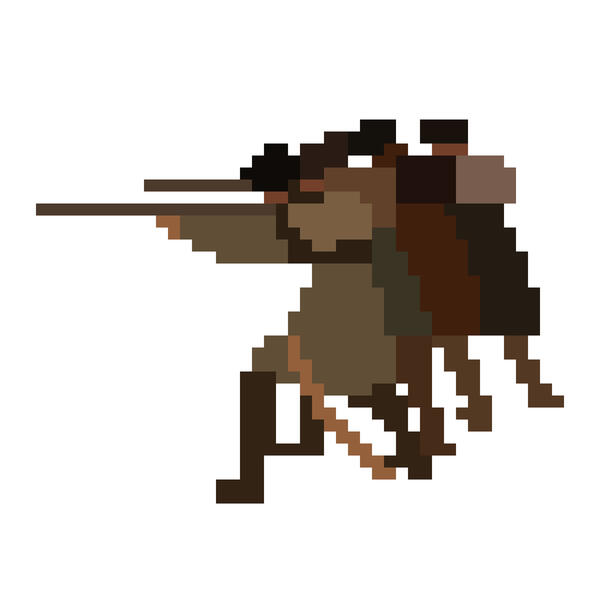 GoyaAvailable for Purchase
GoyaAvailable for Purchase -
 Chuck CloseAvailable for Purchase
Chuck CloseAvailable for Purchase -
 PollockAvailable for Purchase
PollockAvailable for Purchase -
 HokusaiAvailable for Purchase
HokusaiAvailable for Purchase -
 BecherAvailable for Purchase
BecherAvailable for Purchase
Periodic Table of Art Elements: Pop Art, 2021
that ubiquitous history from a universal point-of-view.
-
 Roy LichtensteinRoy Lichtenstein was an American pop artist. During the 1960s, along with Andy Warhol, Jasper Johns, and James Rosenquist among others, he became a leading figure in the new art movement. His work defined the premise of pop art through parody. Inspired by the comic strip, Lichtenstein produced precise compositions that documented while they parodied, often in a tongue-in-cheek manner.
Roy LichtensteinRoy Lichtenstein was an American pop artist. During the 1960s, along with Andy Warhol, Jasper Johns, and James Rosenquist among others, he became a leading figure in the new art movement. His work defined the premise of pop art through parody. Inspired by the comic strip, Lichtenstein produced precise compositions that documented while they parodied, often in a tongue-in-cheek manner. -
 Peter BlakePeter Blake is often called the "Godfather of British Pop art." Like many artists of his time, he came of age in a country recovering from the war, so much of his interests were drawn toward the bright and happy lifestyle that was being touted in America via a booming advertising industry utilizing groundbreaking new methods such as screen-printing to create optimistic and bold renditions of life in magazines, on posters, and on billboards.
Peter BlakePeter Blake is often called the "Godfather of British Pop art." Like many artists of his time, he came of age in a country recovering from the war, so much of his interests were drawn toward the bright and happy lifestyle that was being touted in America via a booming advertising industry utilizing groundbreaking new methods such as screen-printing to create optimistic and bold renditions of life in magazines, on posters, and on billboards. -
 Dan FlavinDan Flavin was an American artist and pioneer of Minimalism, best known for his seminal installations of light fixtures. His illuminated sculptures offer a rigorous formal and conceptual investigation of space and light, wherein the artist arranged commercial fluorescent bulbs into differing geometric compositions.
Dan FlavinDan Flavin was an American artist and pioneer of Minimalism, best known for his seminal installations of light fixtures. His illuminated sculptures offer a rigorous formal and conceptual investigation of space and light, wherein the artist arranged commercial fluorescent bulbs into differing geometric compositions. -
 Duane HansonDuane Hanson is best known for his hyperrealistic, life-size sculptures of everyday Americans. His subjects have included repairmen, waitresses, dead soldiers, the homeless, and—perhaps most famously—the stereotypical Middle American tourist. Hanson adopts a Pop art approach to representing the mundane and embraces photorealism’s commitment to veracity; his unsettling works blur the lines between art and life.
Duane HansonDuane Hanson is best known for his hyperrealistic, life-size sculptures of everyday Americans. His subjects have included repairmen, waitresses, dead soldiers, the homeless, and—perhaps most famously—the stereotypical Middle American tourist. Hanson adopts a Pop art approach to representing the mundane and embraces photorealism’s commitment to veracity; his unsettling works blur the lines between art and life. -
 David HockneyDavid Hockney is an English painter, draftsman, printmaker, photographer, and stage designer whose works were characterized by economy of technique, a preoccupation with light, and a frank mundane realism derived from Pop art and photography.
David HockneyDavid Hockney is an English painter, draftsman, printmaker, photographer, and stage designer whose works were characterized by economy of technique, a preoccupation with light, and a frank mundane realism derived from Pop art and photography. -
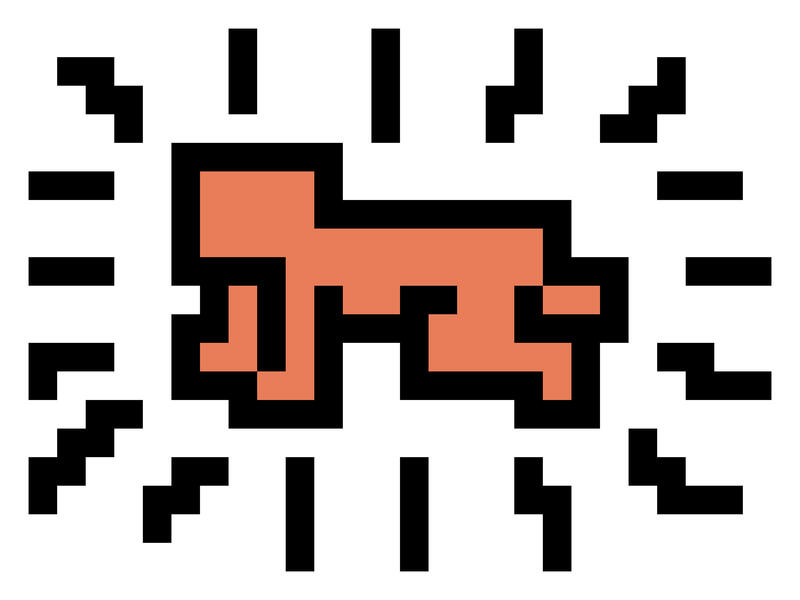 Keith HaringKeith Haring was an American artist whose pop art emerged from the New York City graffiti subculture of the 1980s. His animated imagery has "become a widely recognized visual language". Much of his work includes sexual allusions that turned into social activism by using the images to advocate for safe sex and AIDS awareness.
Keith HaringKeith Haring was an American artist whose pop art emerged from the New York City graffiti subculture of the 1980s. His animated imagery has "become a widely recognized visual language". Much of his work includes sexual allusions that turned into social activism by using the images to advocate for safe sex and AIDS awareness. -
 Jasper JohnsJasper Johns is an American painter, sculptor, and printmaker whose work is associated with abstract expressionism, Neo-Dada, and pop art. He is well known for his depictions of the American flag and other US-related topics.
Jasper JohnsJasper Johns is an American painter, sculptor, and printmaker whose work is associated with abstract expressionism, Neo-Dada, and pop art. He is well known for his depictions of the American flag and other US-related topics. -
 Alexander CalderAlexander Calder changed the course of modern art with his three-dimensional kinetic sculptures, which Marcel Duchamp named “mobiles.” Resonating with tenets of Futurism, Constructivism, and early non-objective painting, Calder’s mobiles consist of boldly colored abstract shapes, which are made from industrial materials and hang in lyrical balance.
Alexander CalderAlexander Calder changed the course of modern art with his three-dimensional kinetic sculptures, which Marcel Duchamp named “mobiles.” Resonating with tenets of Futurism, Constructivism, and early non-objective painting, Calder’s mobiles consist of boldly colored abstract shapes, which are made from industrial materials and hang in lyrical balance. -
 Ed RuschaEd Ruscha's use of the imagery and techniques seen in commercial art such as advertising and his interest in popular culture and the everyday, connects him directly with pop art. He was also very influential to the development of conceptual art through his depiction of words and phrases, and his books of deadpan photographs characterised by their low-key humour.
Ed RuschaEd Ruscha's use of the imagery and techniques seen in commercial art such as advertising and his interest in popular culture and the everyday, connects him directly with pop art. He was also very influential to the development of conceptual art through his depiction of words and phrases, and his books of deadpan photographs characterised by their low-key humour. -
 Tom WesselmannTom Wesselmann was one of the leading American Pop artists of the 1960s. Departing from Abstract Expressionism, he explored classical representations of the nude, still life, and landscape, while incorporating everyday objects and advertising ephemera.
Tom WesselmannTom Wesselmann was one of the leading American Pop artists of the 1960s. Departing from Abstract Expressionism, he explored classical representations of the nude, still life, and landscape, while incorporating everyday objects and advertising ephemera.
Periodic Table of Art Elements: Prehistoric and Ancient Art, 2021
-
 AboriginalThe use of symbols is an alternate way to writing down stories of cultural significance, teaching survival and use of the land.
AboriginalThe use of symbols is an alternate way to writing down stories of cultural significance, teaching survival and use of the land. -
 AnubisAnubis, ancient Egyptian god of the dead, represented by a jackal or the figure of a man with the head of a jackal. In the Early Dynastic period and the Old Kingdom, he enjoyed a preeminent (though not exclusive) position as lord of the dead, but he was later overshadowed by Osiris.
AnubisAnubis, ancient Egyptian god of the dead, represented by a jackal or the figure of a man with the head of a jackal. In the Early Dynastic period and the Old Kingdom, he enjoyed a preeminent (though not exclusive) position as lord of the dead, but he was later overshadowed by Osiris. -
 AztecAztec art is known to have shown realistic expression of characteristics such as age and expression.
AztecAztec art is known to have shown realistic expression of characteristics such as age and expression. -
 CentaursCentaurs were a tribe of half-man, half-horse savages who inhabited the mountains and forests of Thessalian Magnesia.
CentaursCentaurs were a tribe of half-man, half-horse savages who inhabited the mountains and forests of Thessalian Magnesia. -
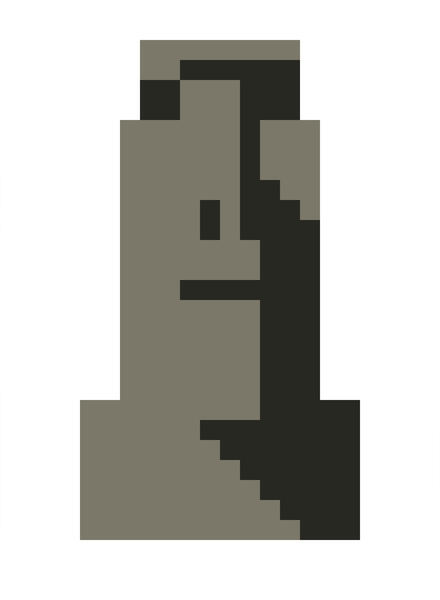 MoaiMoai statues were built to honor chieftain or other important people who had passed away. The moais were intentionally made with different characteristics since they were intended to keep the appearence of the person it represented.
MoaiMoai statues were built to honor chieftain or other important people who had passed away. The moais were intentionally made with different characteristics since they were intended to keep the appearence of the person it represented. -
 Nazca LinesThe Nazca Lines are a collection of giant geoglyphs—designs or motifs etched into the ground—located in Peru. The Nazca Lines are perhaps best known for the representations of about 70 animals and plants, some of which measure up to 1,200 feet (370 meters) long.
Nazca LinesThe Nazca Lines are a collection of giant geoglyphs—designs or motifs etched into the ground—located in Peru. The Nazca Lines are perhaps best known for the representations of about 70 animals and plants, some of which measure up to 1,200 feet (370 meters) long. -
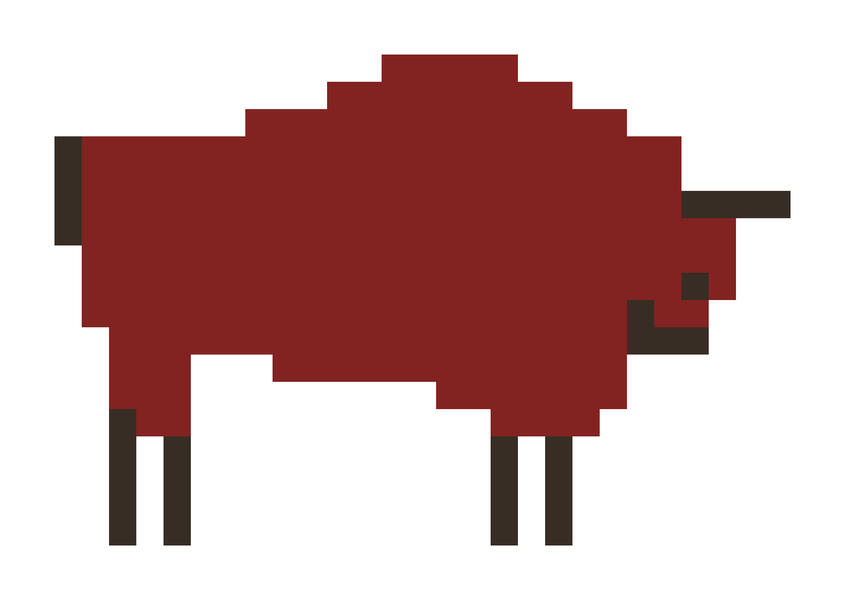 PaleolithicPaleolithic art concerned itself with either food (hunting scenes, animal carvings) or fertility (Venus figurines). Its predominant theme was animals. It is considered to be an attempt, by Stone Age peoples, to gain some sort of control over their environment, whether by magic or ritual.
PaleolithicPaleolithic art concerned itself with either food (hunting scenes, animal carvings) or fertility (Venus figurines). Its predominant theme was animals. It is considered to be an attempt, by Stone Age peoples, to gain some sort of control over their environment, whether by magic or ritual. -
 Romulus Remus (Capitoline) WolfThe image of the she-wolf suckling Romulus and Remus is a symbol of Rome since ancient times, and one of the most recognizable icons of ancient mythology.
Romulus Remus (Capitoline) WolfThe image of the she-wolf suckling Romulus and Remus is a symbol of Rome since ancient times, and one of the most recognizable icons of ancient mythology. -
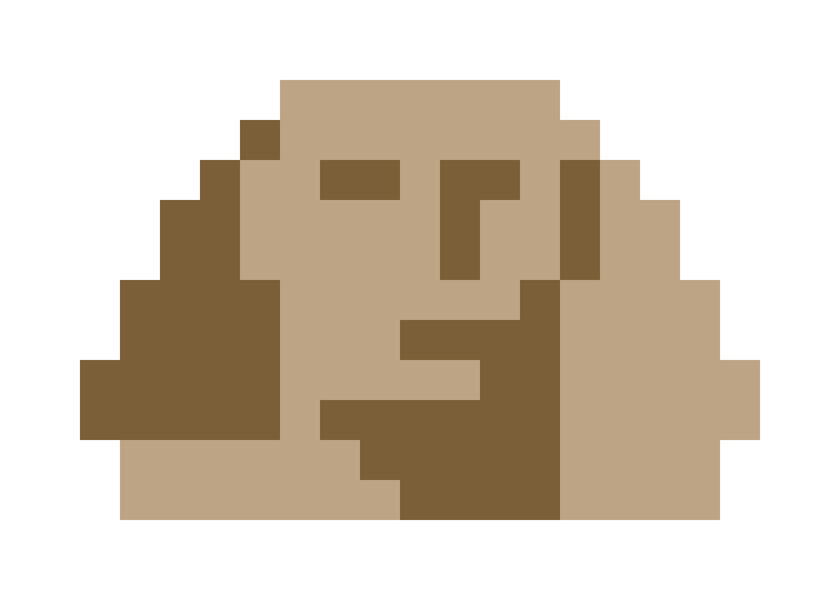 SphinxA sphinx is a creature with the body of a lion and the head of a human, with some variations. It is a prominent mythological figure in Egyptian, Asian, and Greek mythology.
SphinxA sphinx is a creature with the body of a lion and the head of a human, with some variations. It is a prominent mythological figure in Egyptian, Asian, and Greek mythology. -
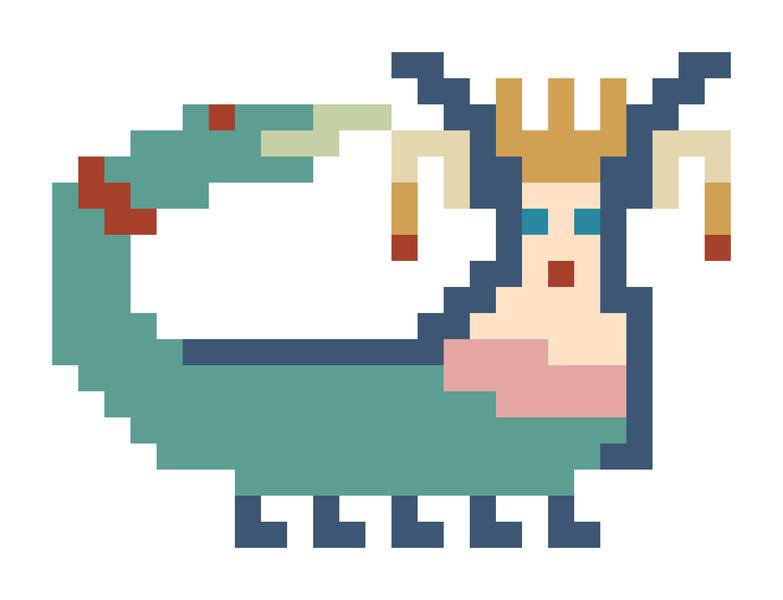 Shahmaran“Shahmaran,” meaning “Shah (King) of the Snakes” in Persian, is a mythical creature, half woman and half snake. This creature, which is mostly seen in mural paintings and believed to be the ruler of the snakes, guards treasures and kills with its breath and gaze.
Shahmaran“Shahmaran,” meaning “Shah (King) of the Snakes” in Persian, is a mythical creature, half woman and half snake. This creature, which is mostly seen in mural paintings and believed to be the ruler of the snakes, guards treasures and kills with its breath and gaze.






























